The unthinkable has finally happened – your teenager has earned their G2 license and they’re asking for the keys.
This is a big moment, not just for the teenager who is taking their first step towards adulthood and independence, but also for the parents who helped get them there. While we’re all proud of our children and want them to flourish and spread their wings, handing over the keys is always a hard thing to do. It means giving up some control and places a very real, very adult responsibility on your teenager. It can be a nerve-racking experience for everyone involved, and for legitimate reasons. The crash, injury, and death rates are four times higher for teenaged drivers than for older drivers.
Just because you’ve tossed them the keys, that doesn’t mean you can’t still help them be safe. Here are some tips for parents of new drivers to help make the transition less stressful, and more importantly, make your teenager a better, safer driver.
Get the finances in order
Here is the good news, most automobile insurance companies do not apply any additional charges for occasional drivers with a G1 license. Depending on other factors, such as how many vehicles you have in the household, a G2 licensed driver can also be rated as an occasional driver with only a moderate recalculation of your monthly premium. This means you can add your child to your insurance without dramatically increasing your own cost, sparing your teen from the reality of paying regular insurance for at least for a little while longer.
At the same time, it’s good to teach your teenager that owning a vehicle is a serious financial responsibility. It may be wise to have them contribute to the monthly insurance expense, the occasional maintenance cost, and of course, gas. People are less likely to take something for granted or take risks
Set some boundaries
with something they’ve sunk some money into. Having your teen kick in for the occasional oil change or pay for part of the winter tires is a good way to make sure they’re just as invested in the upkeep and condition of the family ride as you are.
They might have their license, but it’s still your car and your home. You have a right to set some ground rules about how and when your teenager gets to use the car. Some wisely considered boundaries aren’t just for your peace of mind, they’ll also make your teenager a smarter, safer driver in the long run.
Placing restrictions on passengers is a wise precaution. Whether you want to set a numerical limit (only one extra passenger at a time) or an approved list of acceptable friends and acquaintances that you trust not to be rowdy and distracting. The statistics on teenage accidents show a dramatic correlation between the number of passengers and the likelihood of a serious crash. Teen drivers with three or more passengers are at FOUR times the risk of being involved in an accident than teens driving solo. Inexperienced drivers are more likely to be distracted by cross-chatter and backseat shenanigans than drivers with a few years under their belt. Make sure your teenager has the time and the distraction-free environment they need to become a confident and focused driver before allowing them to load the car up with their friends.
Restricting or limiting night time driving is also a wise idea. A number of factors related to driving at night conspire to make it particularly dangerous for teenagers. For starters, they’re likely to have less experience with night driving conditions (many driving schools operate on regular daytime hours) and may be unaccustomed to low vision situations or headlight glare. Fatigue is also a concern. Studies show that while teens should probably receive about nine hours of sleep a day (more than an adult thanks to their developing bodies), most teenagers clock in six or less. So if you’ve ever wondered why your teenager seems perpetually drowsy, there is a practical reason for it!
Late night driving also corresponds with drinking and driving. Perhaps surprisingly, teens actually drink and drive less than adults. However, they’re more likely to end up in serious accidents when they do mix the two. Limiting late night driving can deter even the possibility of a drinking and driving incident.
Prep for success
Make sure your teenager has the resources they will need if they do find themselves in an accident or breakdown situation. A subscription to a dependable roadside assistance service can be a lifesaver in the case of a breakdown or dead battery. Make sure to review your plan with your representative and verify that your entire family can make use of the service even if you’re not there.
Similarly, a properly stocked roadside kit may prove invaluable in a tight situation. This is especially true in the winter when snow and ice may make a road impassable or leave drivers stranded. Stock a kit with all the roadside essentials (flashlight, reflectors, gloves, jumper cables, kitty litter, a blanket, etc) and explain their use to your teenager. They may roll their eyes, but they’ll be happy to have the supplies when they’re stuck on the side of the highway someday.
Remember, you’re the role model
Set a good example when you drive. Make a point of wearing your seat belt, putting away distractions, and obeying traffic laws. Point out your decision making process during tricky maneuvers or when it might be valuable. Even if your teenager has passed a driver’s education program, there is no substitute for real world experience. Passing on what you know can help them pick up on the realities faster than just learning them on their own.
Letting your teenager out alone with the family vehicle will always be a slightly stressful experience. But, by setting a good example, establishing clear boundaries, and providing them with the resources they’ll need if they ever do get in trouble, you can ensure they’ll make the transition from a novice driver to an experienced one as painlessly as possible.


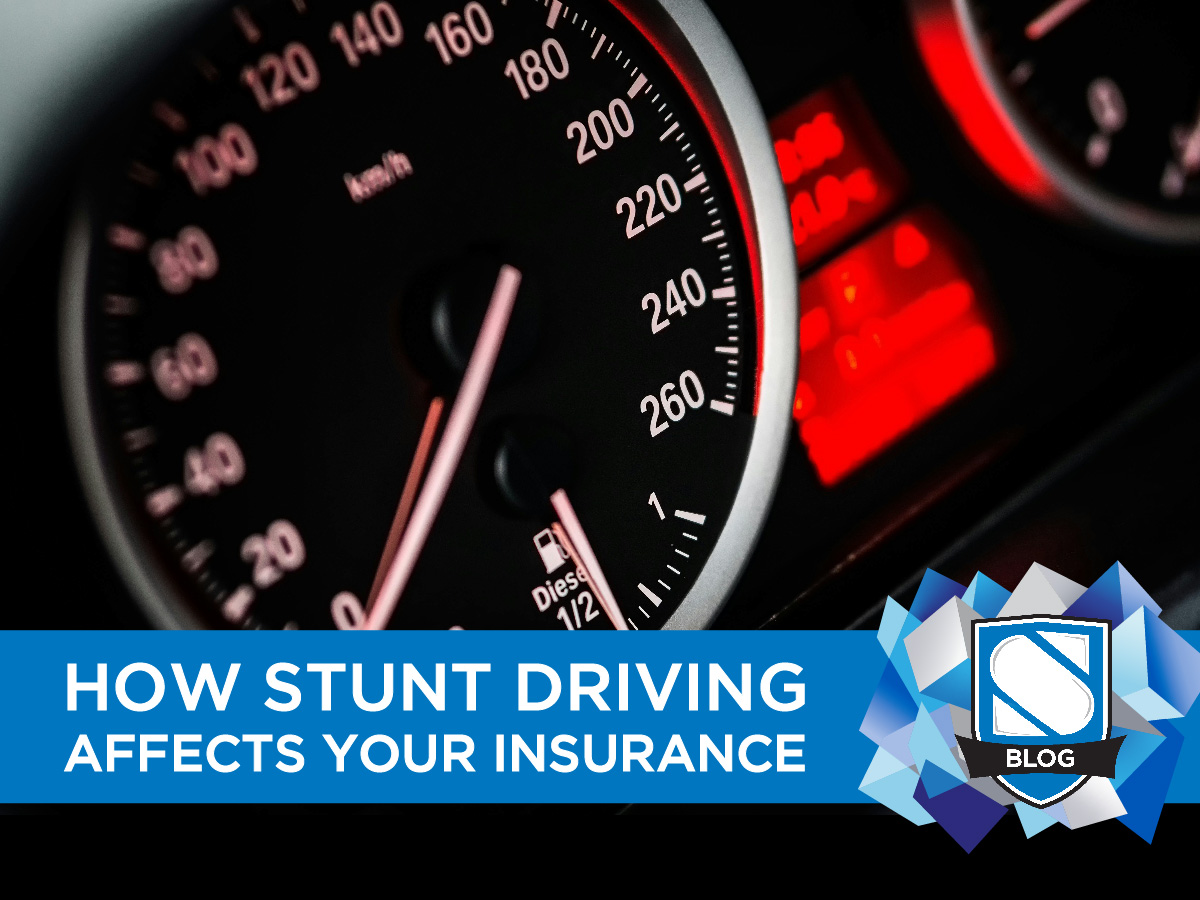





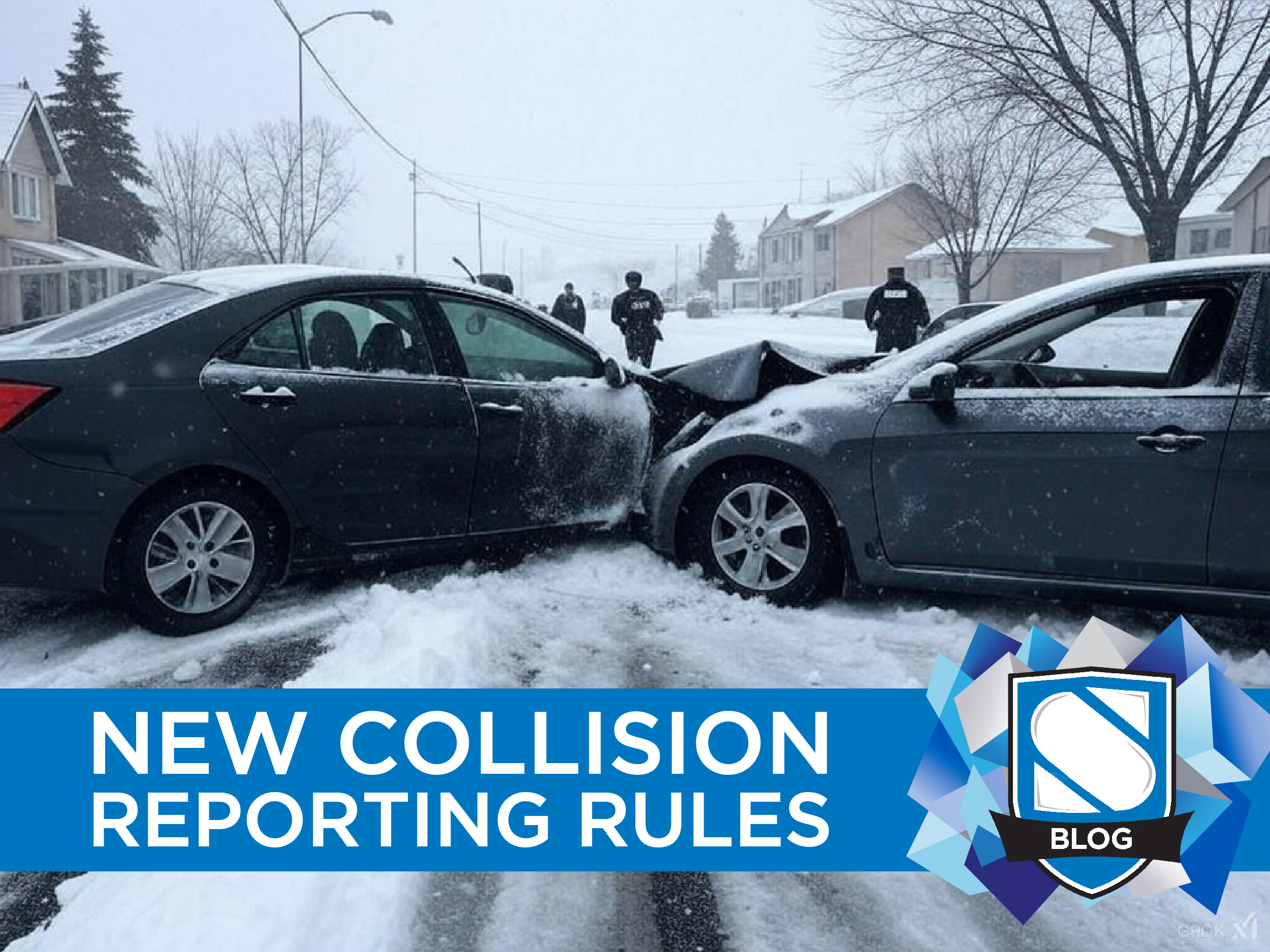


0 Comments